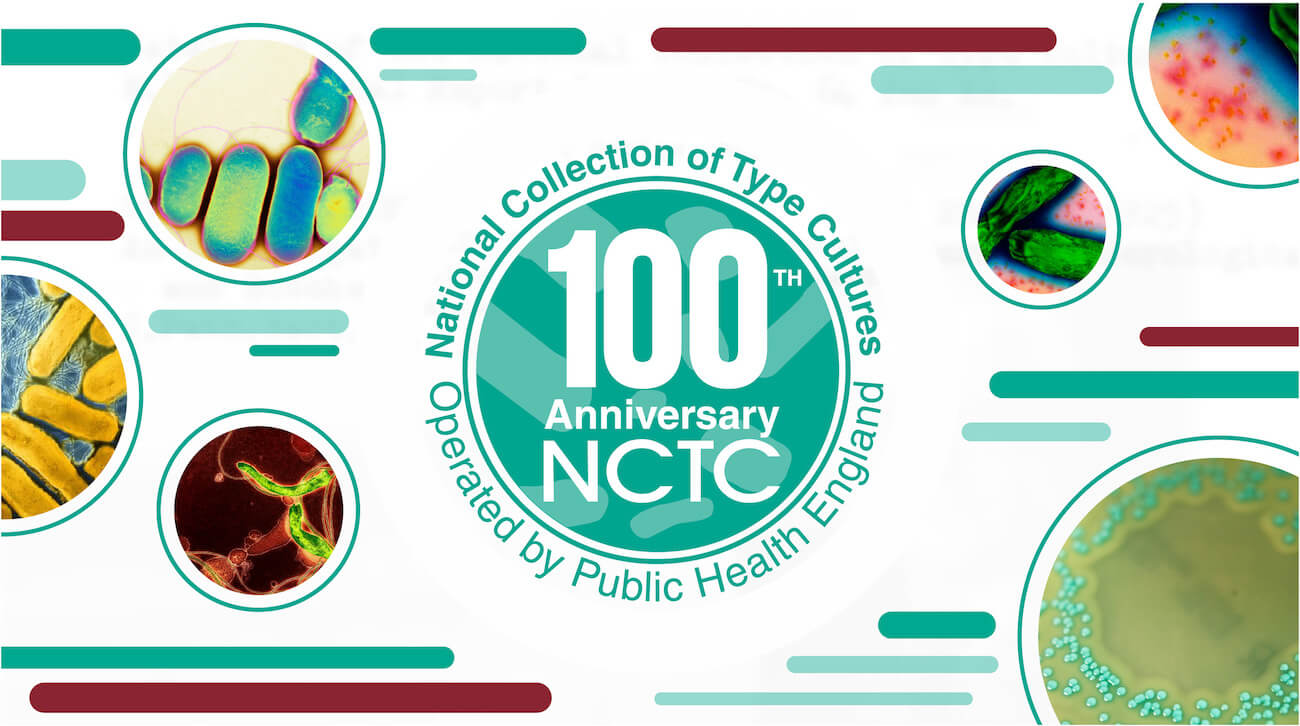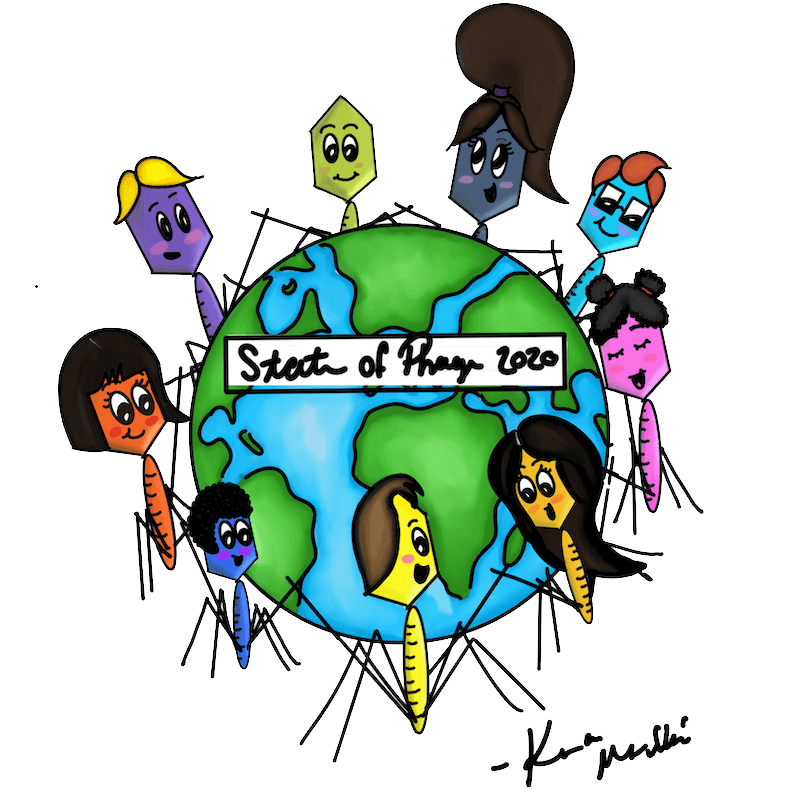The National Collection of Type Cultures (NCTC) is one of the world’s oldest bacterial collections that was specifically established to provide strains globally to support scientific research. In addition to the general bacterial catalogue, NCTC has a fully curated bacteriophage collection which has recently been made available to the wider scientific community. The collection consists of over 100 bacteriophages, and their corresponding bacterial hosts, which were originally deposited between 1950 and 1992, primarily for their value in bacterial typing. The collection consists of bacteriophage from the following hosts Streptococcus agalactiae, Staphylococcus aureus and Campylobacter, supplied as freeze dried cultures.
Helping scientists access and preserve phages
The collection has been characterised and reauthenticated using a range of methods including electron microscopy and will be further characterised using genomic sequencing in the future. As the applications of phages for potential solutions to bacterial problems grows, having a repository from which scientists can both source and deposit phages is essential. The collection therefore aims to be dynamic, representing a repository into which microbiologists can deposit phages to support accessibility and reproducibility in science.
A two-year journey to re-characterize old phages: Juandem’s perspective
What a journey it has been with NCTC since June 2018! I have thoroughly enjoyed getting acquainted to the phages within this collection and it feels so good to be able to share this unique resource with the scientific community. When I got this job offer to re-authenticate the bacteriophages in the NCTC collection, I genuinely felt like I would be working in a museum of sorts.
On my first day, I got to see the ampoules and was very excited when I opened my first one a few weeks later. I had my own ideas of what I expected but it was not plain sailing all the way. It took me a good month at least to see my first plaques in the lab! Every phage biologist understands the exhilarating feeling that comes with. The more challenges I found, the more drive I had to keep going. Another high was doing the imaging via electron microscopy. This actually was like meeting your baby for the first time. Even more exciting was the move to launch these phages to the public at Phage Futures Europe in 2019 and establishing some contacts which have ultimately led to our first external deposition which we have only just begun to unfold.
Despite the turbulence this past year, I am even more determined to do more to make this collection as dynamic and open to scientists as possible. I truly believe that the road ahead is full of exciting stops and I cannot wait to see where that will lead me.

Staphylococcus aureus bacteriophage NCTC 8408, imaged by electron microscopy, one of the ways NCTC’s team characterizes its phages. Crown Copyright, Public Health England. View full image
Depositing phages with NCTC
The NCTC bacteriophage collection welcomes new depositions of phages. As with our bacterial strains, we encourage depositions of phages targeting hosts with any clinical or veterinary importance or relevance. To find out more please contact us: [email protected]
Benefits of depositing with NCTC:
- Contribute to an established repository
- Deposited phages are authenticated and characterised
- Phages are preserved indefinitely and made available for future scientific research
- Ensures availability of dynamic, relevant resource
- Supports accessibility and reproducibility in science
Are phages sourced from NCTC only available for research purposes or also for therapeutic and/or commercial purposes?
NCTC routinely supplies all our biological reference materials for research purposes only. It may be possible that some products could be considered for commercial purposes, scientists will need to contact NCTC ([email protected]) to ensure that a business agreement is in place prior to use.
Are phages further characterized by NCTC after they’re deposited? Will that data be made accessible?
Some data is supplied to us by the depositor; we then confirm the viability, purity and titre and undertake microscopy. A lyophilised sample is also sent back the to the depositor for confirmatory checks. Electron microscopy gives us an indication of the bacteriophage family, and this data along with the quality control data is available to the depositor as well as those purchasing the bacteriophage. Data is available on the website on the catalogue entry page and each bacteriophage has a Certificate of Analysis. We plan to do more genomic studies in the future and this data will be shared when available. Use of any NCTC strain or bacteriophage or associated data in a publication should be clearly cited and referenced, and information sharing is certainly possible.
Learn more
Thanks to Atif Khan for his work writing summaries for the What’s New section this week!









